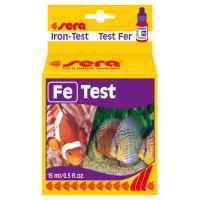неплохая статья про содержание тридакн
Автор:
Dann, в Биология и содержание прочих морских «беспов»
Рекомендуемые сообщения
Пожалуйста, авторизуйтесь, чтобы оставить комментарий
Вы сможете оставлять комментарии после авторизации
Войти




 Несмотря на различия в размере уход, содержание и кормление средних и мелких попугаев во многом схожи. В этом материале упоминаются волнистые попугаи, неразлучники, какарики, кореллы, ожереловые попугаи, розеллы.
Несмотря на различия в размере уход, содержание и кормление средних и мелких попугаев во многом схожи. В этом материале упоминаются волнистые попугаи, неразлучники, какарики, кореллы, ожереловые попугаи, розеллы. 